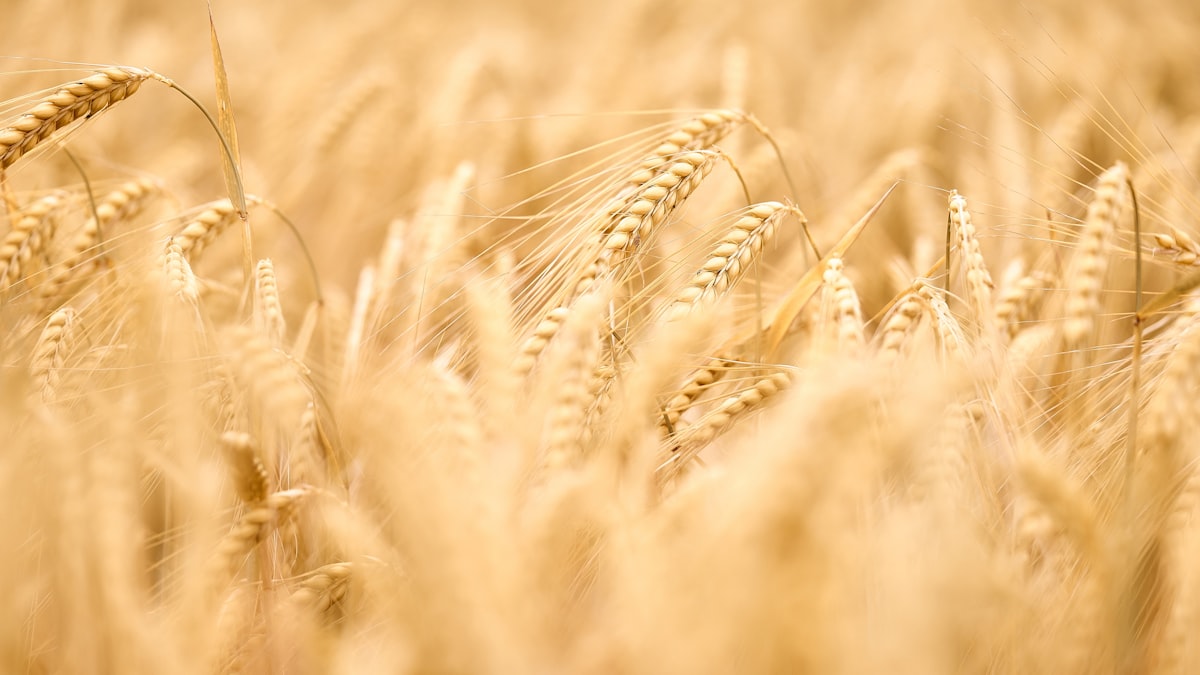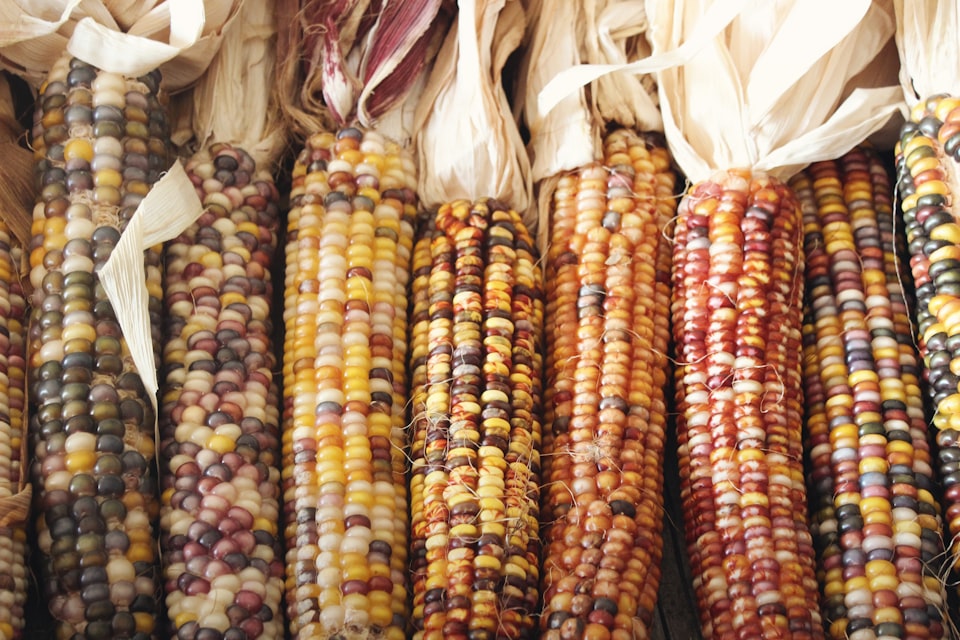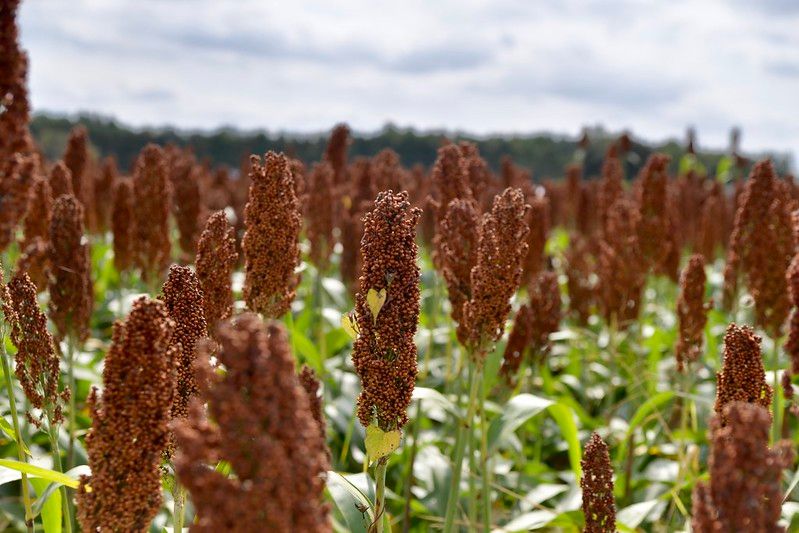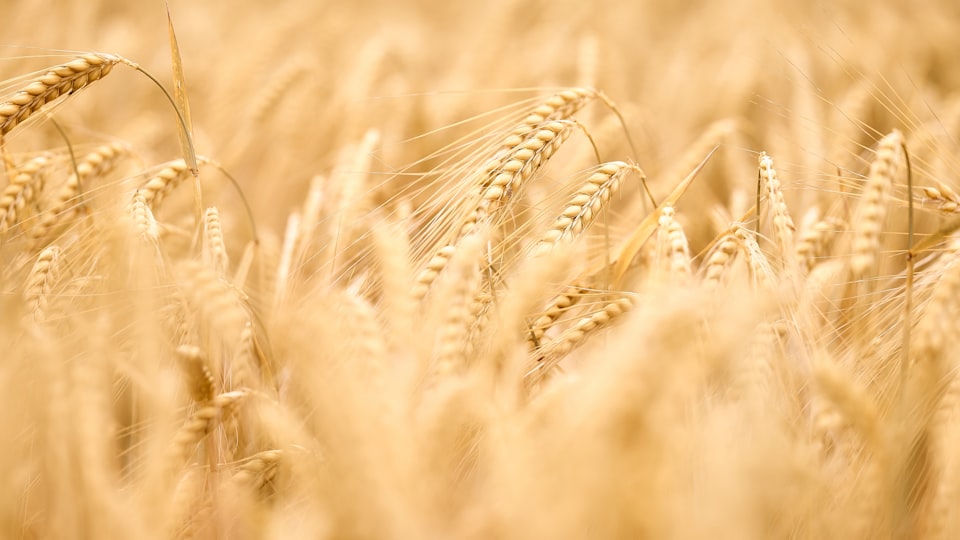IX: Wheat
How wasting disease ironically led to a diet fad.

Good morning. Today is nonidi, the 29th of Messidor, Year CCXXXI. We celebrate le blé, the staple food crop that feeds more people than any other.
💡
Wheat has had its chromosomes systematically multiplied in order to become domesticated and easy to harvest, and all of this was accomplished quite by "accident" (the chromosome effect, not the intended outcome of easier harvesting) around the dawn of civilization. Wild wheat ancestors were all diploid, just like human beings, meaning they have one pair of chromosomes. Now there are species that are tetraploid (two pairs of chromosomes) including Emmer – which is what ancient cultures like the Egyptians grew – Durum (more commonly known as bulger wheat), and Khorosan, the dominant wheat of Central Asia. In the United States and China, which have been the bread baskets of the world in the 20th and 21st centuries respectively, farmers grow hexaploid wheat (three pairs of chromosomes) for maximum yield at minimum effort.
Despite what grocery store shelves make it seem like, gluten intolerance didn't suddenly crop up in the 21st century like some sort of gut-based Y2k bug. While some gluten-free offerings can be chalked up to a diet craze, there is a real disease underlying the trend that has only been better understood in recent generations. I'm speaking of course of celiac disease, traditionally known as sprue.



